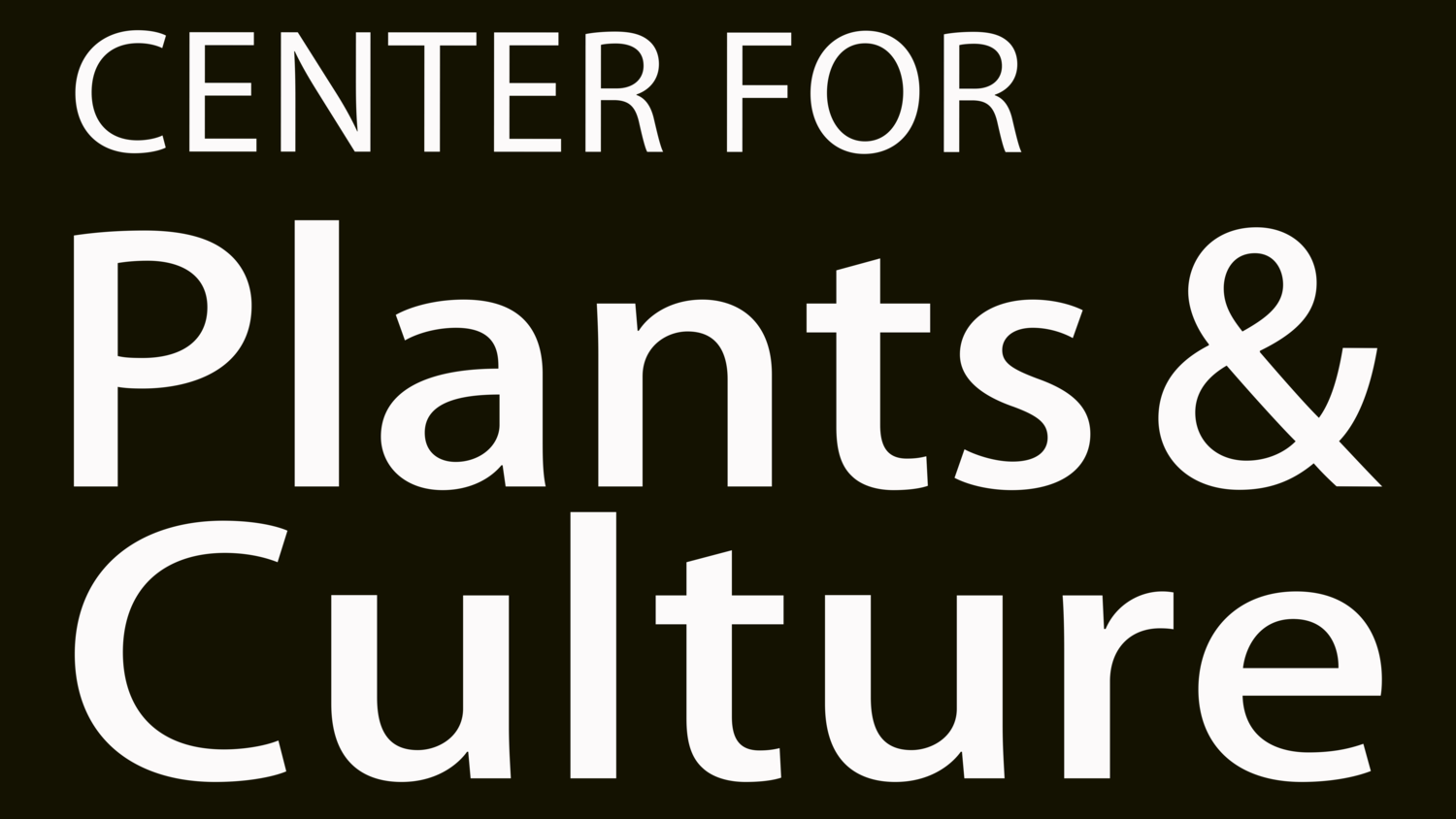
IMPERIAL TAXONOMY & NOMENCLATURE
“Language has always been the consort of empire, and forever shall remain its mate.” (1)
-Antonio de Nebrija
As science drove empire, colonial classification systems, collections, and gardens allowed plants to be easily studied—for European curiosity and profit. Extending the reach of imperialism, Carolus Linnaeus, regarded as the father of taxonomy and nomenclature* developed what became the universal form of classification. The Linnaean way of naming specimens intentionally erased plants from the very cultures they originated from, while exalting the European elite.
“Scientific objectivity” asserted one particular Eurocentric point-of-view. New information was bent to coincide with worldview, rather than adapting worldview to new information.
Carolus Linnaeus, a Swedish naturalist, “created two scientific systems: the system for classifying plants and animals and the system for naming all living things.” (4)
LINNAEAN TAXONOMY & NOMENCLATURE
“Linnaeus saw nature as divided up in “Kingdoms,” each ruled by laws similar in kind to those that governed empire.” (6)
Prior to the prevalence of the Linnaean system, some European colonial botanists would refer to plants by their Indigenous name that often spoke to the plant’s medicinal and/or cultural significance. As colonists brought plants specimens to Europe from around the world, they also brought names from various cultures, languages, and dialects. In the 1750s, Carolus Linnaeus sought to reduce diversity into a singular and “logical order.” He believed the integrity of botany was threatened by the “invasion” of “vast hordes” of foreign plants and their “barbarous names.” (5)
“Linnaeus created the binomial (two-name) classification system. “In this system, each living thing is assigned a name consisting of two Latin words. The first word is the genus to which the subject belongs. The second name is the specific species within that genus. For example, the human species is known as Homo sapiens.”(4)
In Critica botanica, Carolus Linnaeus set “out rules for standardizing botanical nomenclature… [He] banished many things: European languages except Greek and Latin; religious names (though he allowed names derived from European mythology); foreign names (meaning foreign to European sensibilities); names invoking the uses of plants[…]and so forth.” (5)
Before Linnaeus named the tree known for treating malaria, Cinchona, after Francisa Fernandez de Ribera, wife of the fourth Count of Chinchón, it was widley known by its Quechua [Incan] names: Quinquina or Yaracucchu Carachucchu. The name, Yaracucchu Carachucchu, “with yara signifying tree, cara bark, and chucchu the shiver of the malaria fever,” the name speaks to the medicinal benefits the tree is most known for. But in coining the term Cinchona, Linnaeus “cut the plant’s tie to its South American home and the Incas who first came to know it and who chose to inform the Europeans about it.” (5)
Carolus Linnaeus classification of humans became the basis for scientific racism.
In the 10th edition of Systema naturae, Linnaeus divided the human species into four types, or “varieties.” Based off of his perception, he categorized people from Asia, Africa, America, and Europe by their physical traits, skin color, “behavior”, manner of clothing, and form of government. While the hierarchy varied somewhat, Europeans—associated with the most positive behavioral attributes— always ranked high, while Africans—assigned the worst attributes—were always ranked at the bottom. This ordering dehumanized non-Europeans and justified slavery and indigenous genocide. (7)
SOURCES
Phillipson, Robert. “Linguistic Imperialism.”The Encyclopedia of Applied Linguistics. Blackwell Publishing Ltd. 2013
https://www.researchgate.net/publication/31837620_Linguistic_Imperialism_R_Phillipson
Cain, A.J. “Taxonomy.” Encyclopædia Britannica, Encyclopædia Britannica, Inc., www.britannica.com/science/taxonomy
Encyclopædia Britannica, “Nomenclature.”Encyclopædia Britannica, Inc., www.britannica.com/science/nomenclature
Encyclopædia Britannica, “Carolus Linnaeus.” Encyclopædia Britannica, Inc., https://kids.britannica.com/kids/article/Carolus-Linnaeus/625446#
Schiebinger, Londa. Plants and Empire Colonial Bioprospecting in the Atlantic World. Harvard University Press, 2007.
Lafuente, Antonio, and Nuria Valverde. “Chapter 8/ Linnaean Botany and Spanish Imperial Biopolitics.” Colonial Botany Science, Commerce, and Politics in the Early Modern World, by Londa Schiebinger and Claudia Swan, University of Pennsylvania Press, 2016
Charmantier, Isabelle. “Linnaeus and Race.” The Linnean Society, www.linnean.org/learning/who-was-linnaeus/linnaeus-and-race




